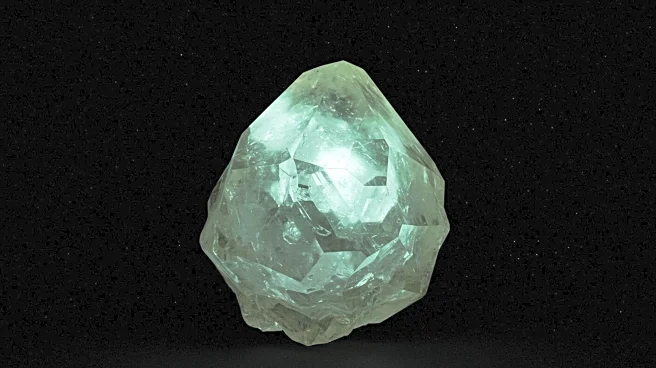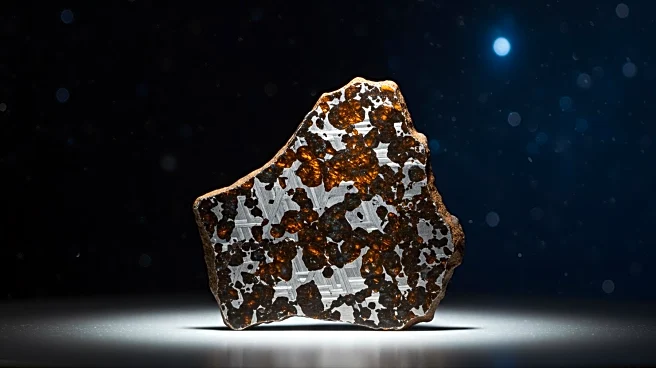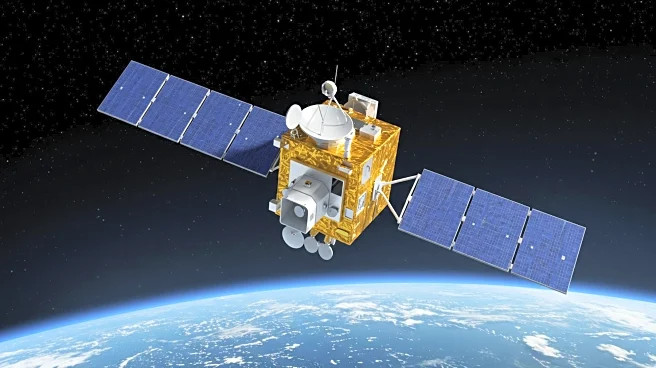What's Happening?
An international team of researchers has discovered a mineral with unique thermal properties, found in a meteorite that landed in Germany in 1724. The mineral, identified as silica tridymite, exhibits an unusual ability to maintain a constant level of thermal conductivity when heated, unlike any known materials on Earth. This property makes it potentially valuable for manufacturing applications. The mineral's atomic structure is neither crystalline nor glass-like, placing it in a unique category. This discovery could have significant implications for industries that require precise temperature control, such as steel production.
Why It's Important?
The discovery of this mineral could revolutionize industries that rely on thermal management. The steel industry, which is responsible for significant carbon emissions, could benefit from materials that allow for more efficient temperature control. This could lead to reduced energy consumption and lower emissions, aligning with global efforts to combat climate change. The mineral's unique properties also open up possibilities for new materials in other high-temperature applications, potentially leading to technological advancements and economic benefits.
What's Next?
Researchers are likely to explore the potential applications of this mineral in various industries. Further studies may focus on synthesizing similar materials or finding more sources of the mineral. Industries such as steel manufacturing may begin to experiment with incorporating this mineral into their processes to improve efficiency and reduce emissions. The scientific community will continue to investigate the mineral's properties to fully understand its potential uses.
Beyond the Headlines
The discovery of this mineral also raises questions about the potential for other extraterrestrial materials to offer solutions to Earth-based challenges. It highlights the importance of space exploration and the study of meteorites in uncovering new materials that could have significant impacts on technology and industry. This finding may encourage further investment in space research and the study of extraterrestrial geology.











